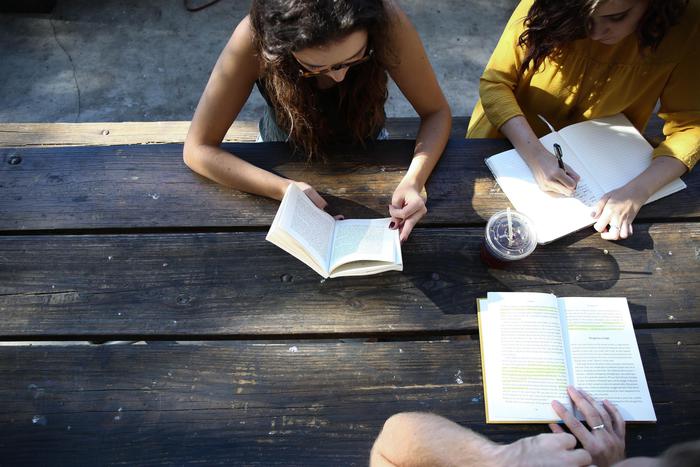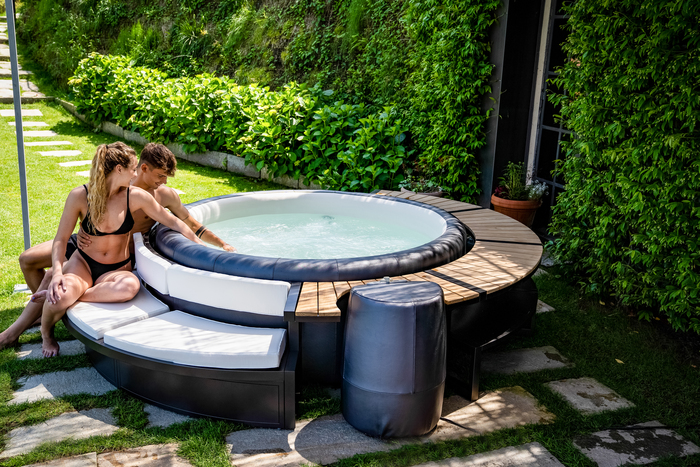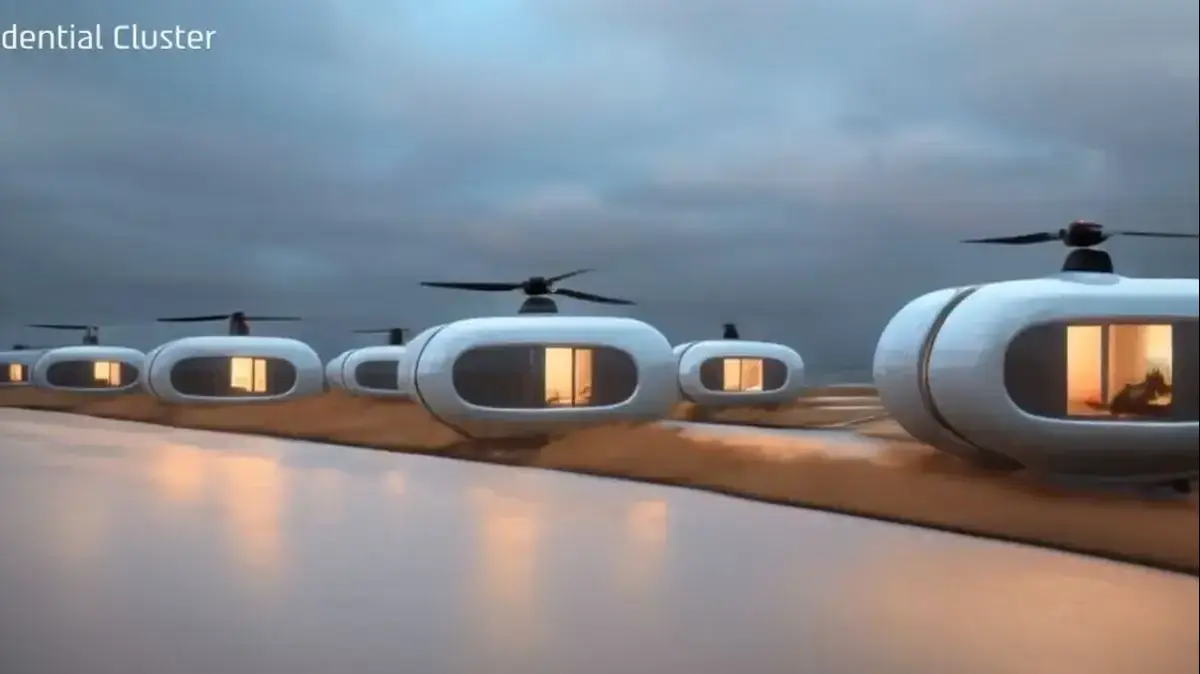There is a 'before' and an 'after' Covid-19 in our lives : two months suspended that have conditioned everything and will continue to do so. The Covid-19 emergency is also changingthe rules of living and the design of neighborhoods, buildings, condominiums and homes rapidly changes in the name of a strong (and never realized to date) respect for the environment, for our health and for the dynamics experienced within the homes. In these months of lockdown, our homes have proved insufficient to meet the new needs of family, work, sociality and hygiene and have become obsolete. In the long run maybe everything will be as before but for now the quarantine that has infected the whole world has stimulated moments of reflection for architects, designers and planners intent on tracing new ways to live.
Observing our empty, apparently lifeless cities has rehabilitated the social role of architecture in the creation of our social identity, we are our cities, our streets, our monuments.
The future of living is traced by the ' Design Force ' team made up of numerous renowned Italian and international architecture and design studios, together with companies and professionals, in the DesignTech project in the context of Mind (Milan Innovation District), innovation hub technology dedicated to design. The buildings will have a sort of expiration date and, when aged, they can be dismantled instead of demolished because they are built in blocks and the modules will be entirely recyclable in the name of the circular economy. The buildings will naturally be active autonomously, that is, designed in a biodynamic way. They will have ventilation and temperature regulation systems controlled by solar chimneys and wind towers, they will be illuminated with natural light and equipped with insulating and solar shielding solutions as well as consisting of noble materials for the environment, such as wood, with a warm effect , and not only the very modern steel and concrete.
And the interior design of new homes? The lockdown has given new life to the ideas of bows and designers who are designing new natural ventilation systems and automatic air changes that are open and no longer closed as it is now when using air conditioning. We will control doors and surfaces of the house with sensors, even wearable or voice controls, everything will be touchless (even in the workplace) in memory of the infections. In the house there will no longer be space for synthetic materials but only natural and also germ-repellent ones such as bronze, copper and brass. Interiors? They will be hybrids, with floating walls and retractable wings, even the furniture will be on rails or on wheels to adapt the environments to our liking, whether for relaxation, sociability, work (because the mass smart working mode lived in these weeks is not destined to end completely with the end of the quarantine). Or for the study, for the laundry or the kitchen. And we will all have more personal space.
Will the old hobby rooms return ? The authors reply: “The era of minimalist lofts will surely end, spaces will become complex and hybrid, transforming themselves from workplaces into spaces for leisure and co-living, also thanks to the most innovative home automation that will allow immersive projections while watching a films or make a conference call or a virtual trip with augmented reality. And then spaces for fitness, for vegetable gardens and so on ".
Will we reach the coveted zero emissions impact? Yes, in the real estate world (which now instead contributes to 50% of global CO2 emissions and by 2040 will emit a quantity as large as the surface of the city of Paris every week), analysts guarantee.
The outdoor spaces are also destined to change , the designers guarantee. While in this month the price of houses with terrace or garden in Italy has grown by 8% and, at the same time, the prices of those without open areas has collapsed, we have witnessed, and experienced, a new use of 'interstitial' spaces to our homes, such as landings, balconies, balconies, terraces and courtyards and then staircases and parking lots. These areas have become extensions of our daily life and will be equipped with modular hybrid structures that can be assembled, dismantled and aggregated as needed.
The authors argue that we will move from digitized smart cities to safe cities where technology communicates with safety and distancing even with the design of neighborhoods where shops and social places will no longer be concentrated in a few blocks but spread in space in order to create multi centers and unzip overcrowded areas.






